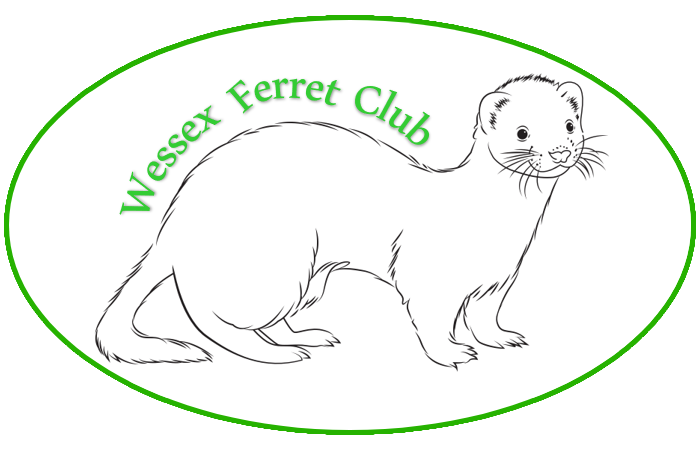This disease takes its name from the Aleutian strain of mink in which it was first discovered in 1956 in the USA. Spontaneous cases have been recorded in ferrets in the USA (1967), Canada (1978), New Zealand (1984) and in the UK early 1990.
The Cause
AD is caused by a parvovirus. The characteristics of this virus have been investigated in great detail in the USA over the last 30 years. There are at least 4 strains of the virus which affect mink – Utah 1, Ontario, Montana and Pullman. There is also probably a ferret strain. The severity of the illness in both mink and ferrets largely depends on the strain of virus present but the genetic make-up of the infected animal is also a factor. Attempts have been made at the Central Veterinary Laboratory to isolate and culture the virus from the Hampshire ferret cases, but unfortunately without success, although the virus has been seen under the electron microscope.
Diagnosis
Because of the variety of the symptoms of AD – hindquarter weakness, unthrifty condition, respiratory symptoms, sudden death or stress etc., it is difficult to diagnose by signs alone. The only commercially available specific test in the live animal is done on a blood sample by the counter-current immuno-electropheresis method (CIEP or CEP). A specific antigen has been developed from the Utah 1 strain, which cross reacts with all identified strains of AD and is the one used in the CEP test. This test identifies the ferrets, which have developed AD antibodies, indicating exposure to the virus. Because of the persistent nature of the infection it has to be assumed, particularly for control purposes, that they may be carrying the virus. If a full and detailed postmortem is done on affected animals, characteristic microscopical changes are seen in various organs, which will confirm the diagnosis.
At one time, the club carried out annual testing, but since the abolition of the mink farms for fur in the UK, economic test facilities are no longer available.
Treatment and prevention
There is no simple effective treatment or cure for AD. In some of the cases in ferrets in Hampshire, a response to antibiotics and steroids has been observed in those which had mild hindquarter weakness. But several animals relapsed at varying intervals. In the USA, immunosuppresive and chemotherapy drugs have been used experimentally with beneficial results. However, these treatment regimes cannot be regarded as practical or realistic from a cost point of view. There is no suitable vaccine for AD and it is unlikely that one will be produced for the simple reason that a “vaccine” would produce the same severe immune response as the natural disease.
Last modified: July 14, 2019
